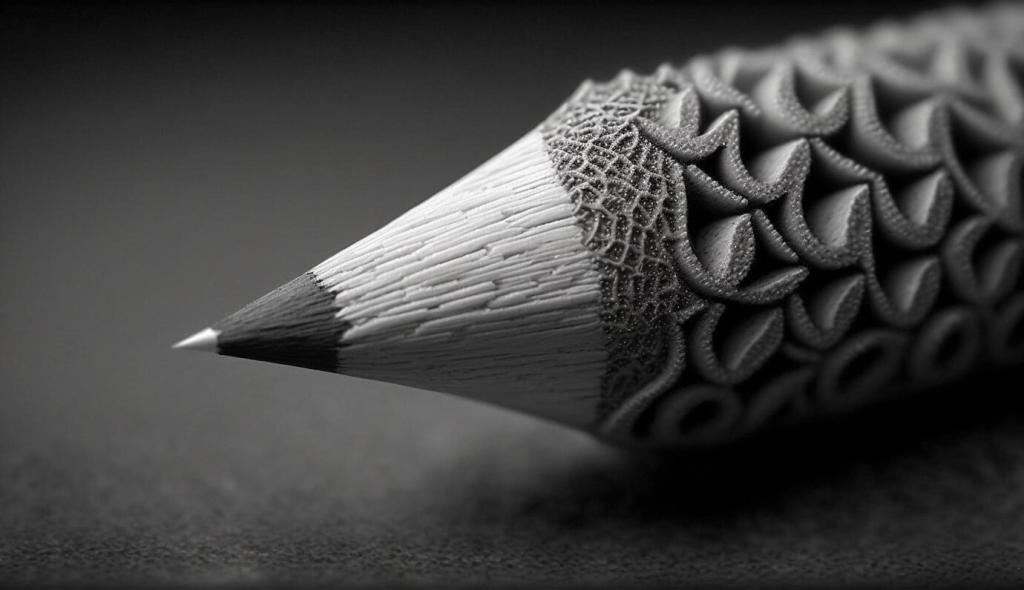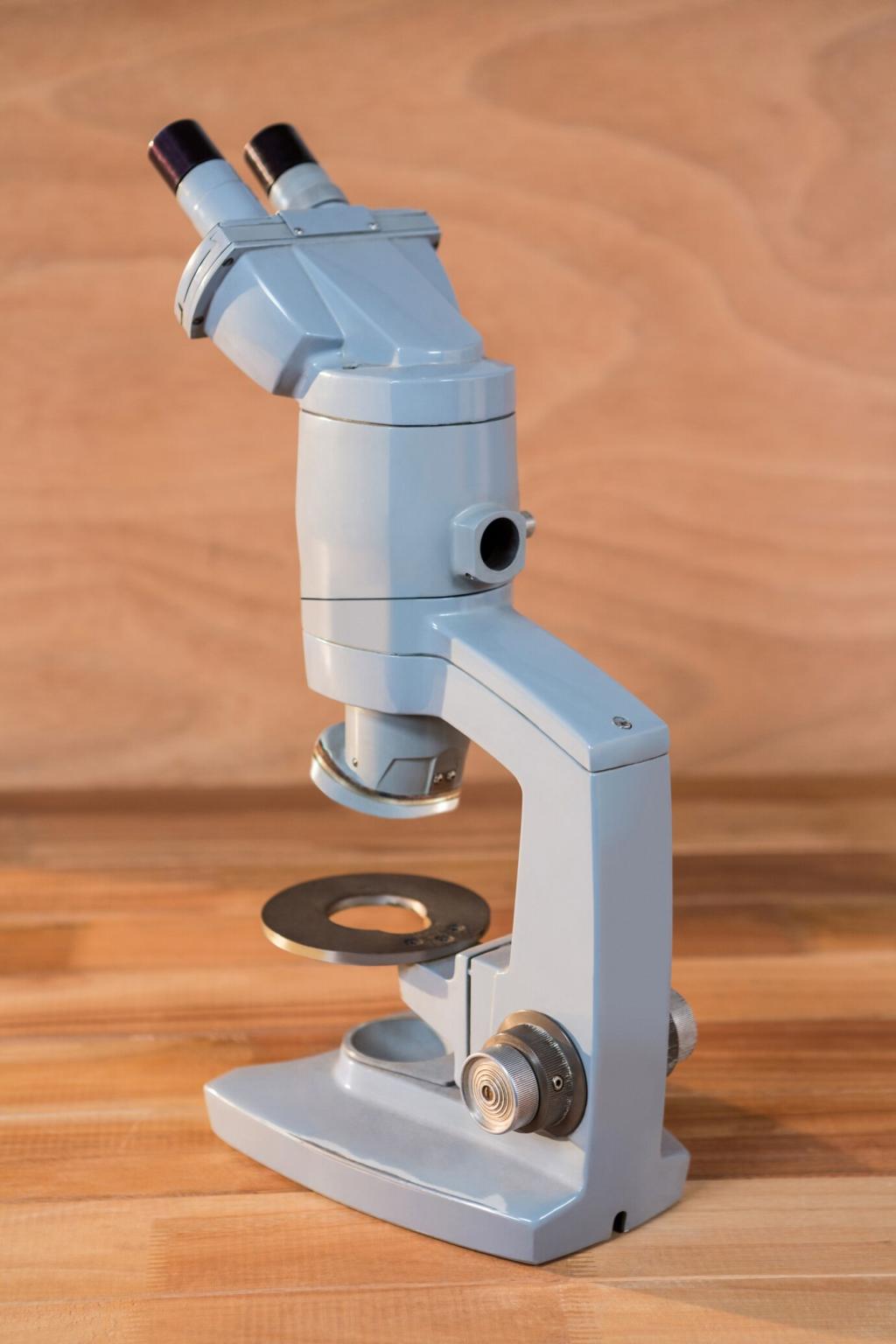Europe Reframed: From Bauhaus Echoes to Conceptual Clarity
European designers read minimalism as a continuation of functional clarity. Yet artists added conceptual stakes, using sparse forms to question authorship, context, and the frame itself, merging rigorous geometry with critical reflection on modern life.
Europe Reframed: From Bauhaus Echoes to Conceptual Clarity
German and British artists used fluorescent tubes, mirror planes, and modular blocks to tilt viewers into new spatial awareness. The work did not depict space; it engineered it, asking audiences to move slowly, look twice, and comment thoughtfully.





